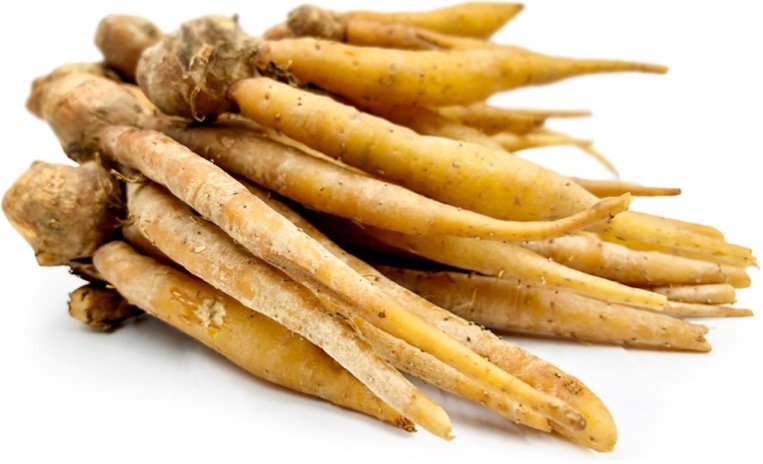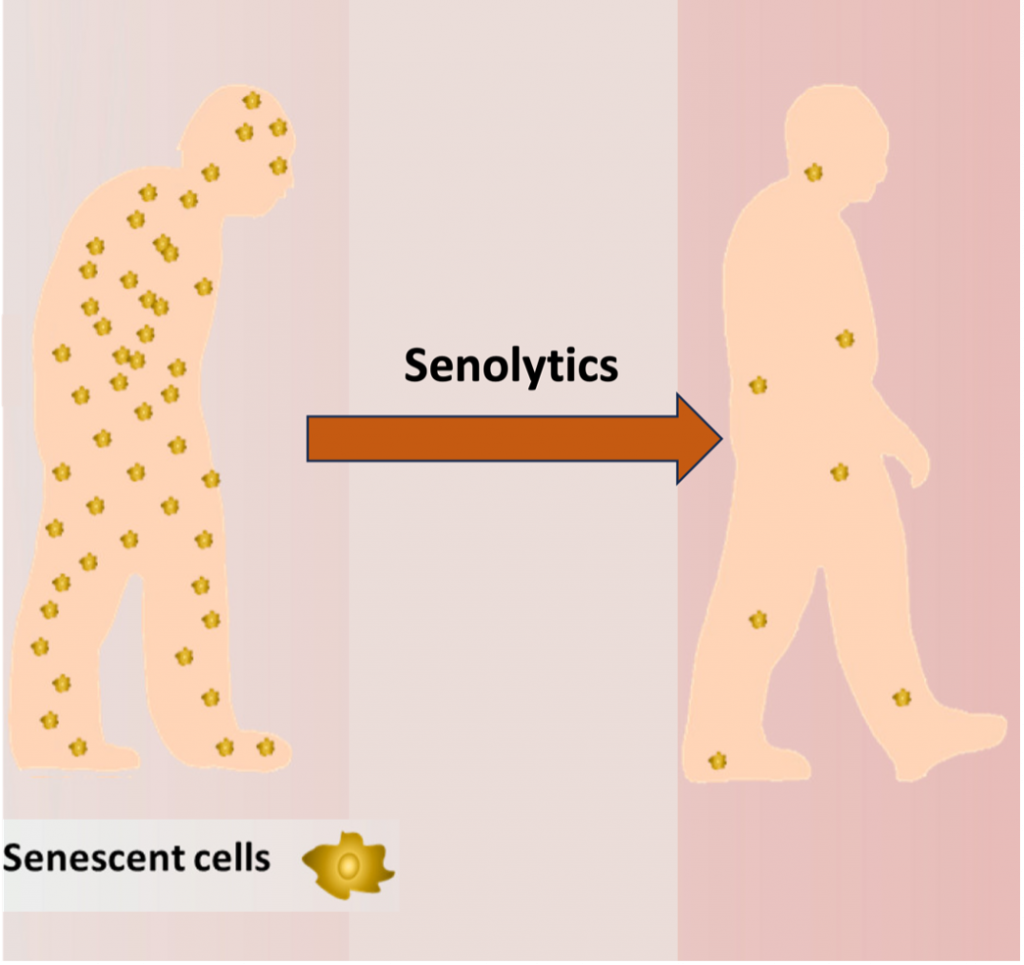Key Points:
- Microplastic exposure originates from many sources, including many commonly used plastic products, tap water, and even the air we breathe.
- Rodent studies suggest that microplastics lead to premature testicular and blood vessel aging.
- The age-accelerating effects of microplastics could be counteracted by various anti-aging molecules, including senolytics.
Microplastics (MPs) are everywhere, particles of plastic invisible to the naked eye lingering in the water and atmosphere. Unbeknownst to us, they’re ingested, inhaled, and absorbed through our skin — amounting to a credit card’s worth of plastics in our body. This is all because MPs reside in everything from cosmetics to tap water and even polluted air.
When plastics are left in the soil, MPs can be soaked up by plants, including the fruits and vegetables we eat. Moving up the food chain, MPs end up in the beef, seafood, poultry, and pork that many enjoy.
If escaping MPs didn’t seem impossible enough, they seep into food and drinks from plastic containers, including the paper cups that often hold coffee. The inside of such cups are coated with a thin layer of plastic to keep liquids from escaping into the paper.
To make things worse, a recent study showed that raising the temperature of water in plastic-coated paper cups increases the number of MPs leached into the water. The same should apply to hot beverages like coffee and tea. Making it all too real, another new study showed similar results, estimating that using a plastic cup once every four to five days could lead to the ingestion of a frightening 37,613–89,294 microplastics per year.

How Microplastics Could Be Aging You Faster
Scientists have only recently begun researching the effects of MPs on aging, so the current evidence is primarily from animal studies. However, if the age-accelerating repercussions of MPs become more apparent, we may soon see funding for human studies.
Testicular Aging
In a new study, MP exposure led to premature testicular aging in mice. Aging was largely assessed by measuring the presence of what are called senescent cells — once-healthy cells that have transitioned to a state of age-driving dysfunction. The study showed that the induction of senescent cells was triggered by mitochondrial dysfunction, oxidative stress, and inflammation — so-called hallmarks of aging.
In another recent study, researchers took a closer look at reactive oxygen species (ROS) — molecules that, when left unchecked, trigger increases in oxidative stress and inflammation which have been thought to contribute to the aging process. Researchers also found that antioxidants, which keep ROS in check, were lowered in rats exposed to MPs. This likely contributed to the high levels of oxidative stress observed in these rats.
Furthermore, supplementation of a molecule called pinostrobin, found in fingerroot, prevented the reduction in antioxidants and corresponding oxidative stress in the MP-exposed rats. These new findings suggest that plant-based pinostrobin can counteract the effects of MPs on testicular aging.

Cardiovascular Aging
In a study yet to be officially published under peer-review, it was found that MP exposure promotes premature blood vessel aging in mice. This was shown by various hallmarks of aging, including senescent cells, oxidative stress, inflammation, and DNA damage. These findings suggest that MPs trigger testicular and blood vessel aging in a similar fashion.
Additionally, a kindred study showed that nanoplastics (NPs), which are like MPs but smaller, induce hallmarks aging in mice, as well as overt signs of cardiovascular aging like dysfunctional blood vessel relaxation. Furthermore, in cell models, anti-aging compounds like NAC (N-acetylcysteine) and resveratrol — both antioxidants — were shown to prevent NP-induced aging.
Counteracting Microplastic-Induced Aging
While avoiding plastic packaging, drinking cups, and storage containers may limit the ingestion of MPs, some may be wondering if there are ways of counteracting their age-accelerating effects. The above studies suggest that antioxidant molecules like pinostrobin, resveratrol, and NAC can do the job, at least by reducing oxidative stress.
At least resveratrol and NAC have been shown to reduce oxidative stress in animal models. Additionally, NAC, when combined with the amino acid glycine has been shown to increase the lifespan of old mice and improve cognition, boosts physical performance, and mitigate insulin resistance in older adults. Still, these NAC + glycine studies have yet to be repeated by other research teams.

While controversial, another option could be senolytics — compounds that selectively eliminate senescent cells. By getting rid of senescent cells, senolytics have been shown to slow aging in older mice. However, the role of senolytics in younger animals and humans is unclear, as senescent cells may not have accumulated to a degree that would drive aging. Thus, studying the effects of senolytics on young and old rodents exposed to MPs may be helpful.